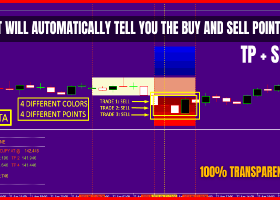Our economics team’s view has been that tightening in financial conditions and market disruptions will ultimately prevent the Fed from tightening rates further this year. The message from this week’s FOMC is that the Committee agrees with this view, at least for now. While we had assumed another bout of risk aversion would be needed to keep the Fed on a dovish path, this week’s statement suggests the Fed has pre-empted this process somewhat. The implications are supportive for the risk environment, and higher yielding commodity exporter currencies have responded well. However, the Fed’s sensitivity to financial conditions means that continued improvement in the risk environment will produce some renewed recovery in rate hike expectations. This repeating pattern of improving risk sentiment triggering a recovery in rate hike fears and then a relapse in risk seems likely to ensure an elevated degree of volatility for FX and other financial markets, which in turn does not bode well for the outlook for current account deficit currencies like the AUD, CAD, GBP and USD.
The USD has also lost ground versus the EUR and JPY in the aftermath of the Fed decision, suggesting positioning was set for a more hawkish result. For now, the We would also highlight that even during periods of risk recovery and rebuilding Fed expectations this year, the USD has not performed particularly well versus the EUR and JPY.
It is probably premature to declare that a paradigm change has occurred and that the USD can no longer benefit from widening rate differentials. However, we do see several fundamental dynamics operating in the current environment which should limit the extent to which the USD can gain even during periods of rebuilding Fed expectations:
1) Feedback loops: As we have discussed in recent previous weeklies, markets are increasingly sensitive to the role that USD strength can play in undermining the risk environment. USD gains versus G10 currencies tend to contribute to expectations for renewed CNY depreciation, in turn undercutting risk sentiment. USD gains can also add to pressure on commodity prices, which transmit to market stress via various channels.
2) Real rates: While rising Fed tightening expectations boosted US front-end rates in late February and early March, the increase in US yields trailed a rise in inflation expectations, with markets unwilling to price for aggressive Fed tightening amid continued financial market fragility. As a result, implied USD real rates declined. As Charts 3 and 4 below show, EURUSD price action is considerably more consistent with developments in real yield differentials. Our forecasts for EURUSD to reach 1.14 by the end of Q1 and USDJPY to reach 110 are very much on track post-FOMC. Our bearish view on commodity currencies has been more challenged, but we think these currencies will ultimately lose ground again.
PS: Copy signals, Trade and Earn $ on Forex4you - https://www.share4you.com/en/?affid=0fd9105



